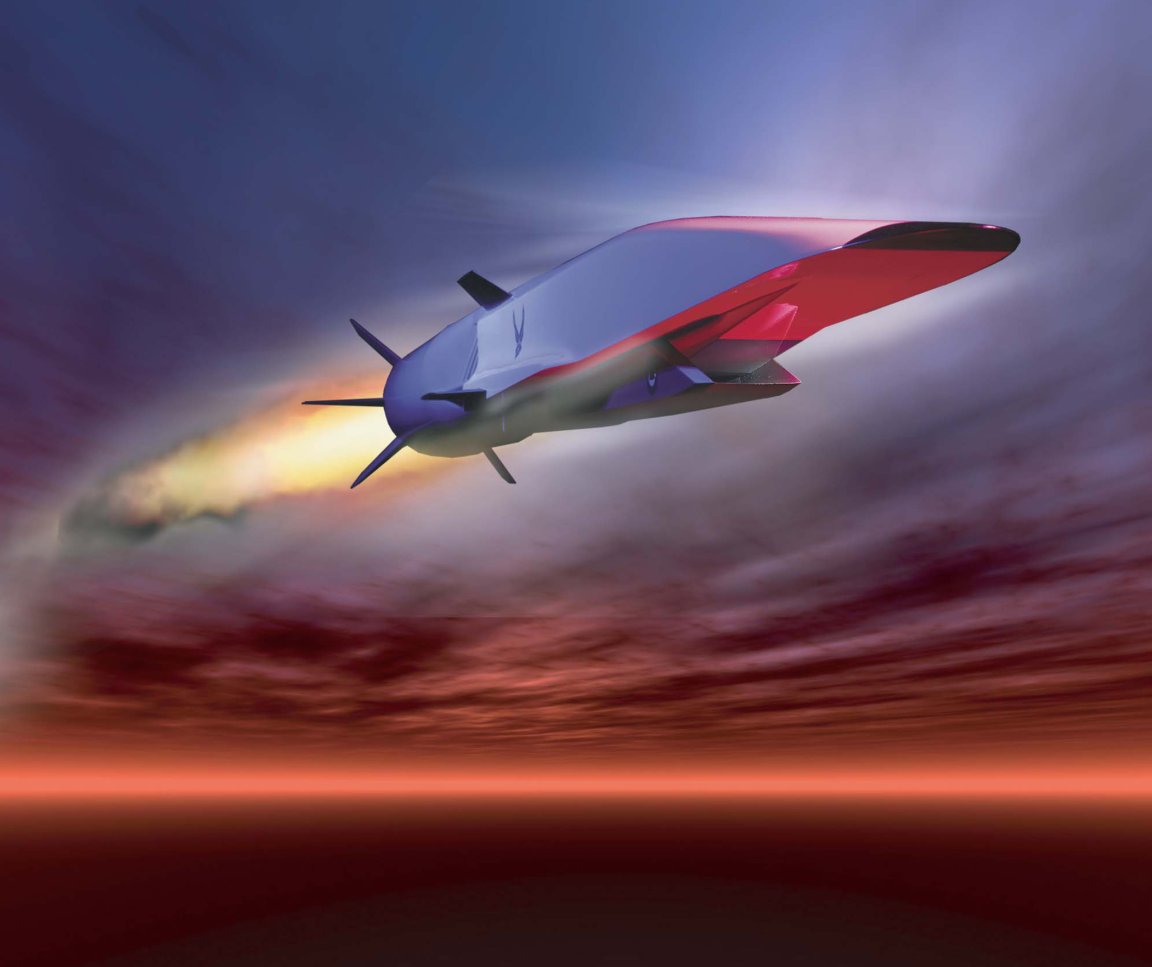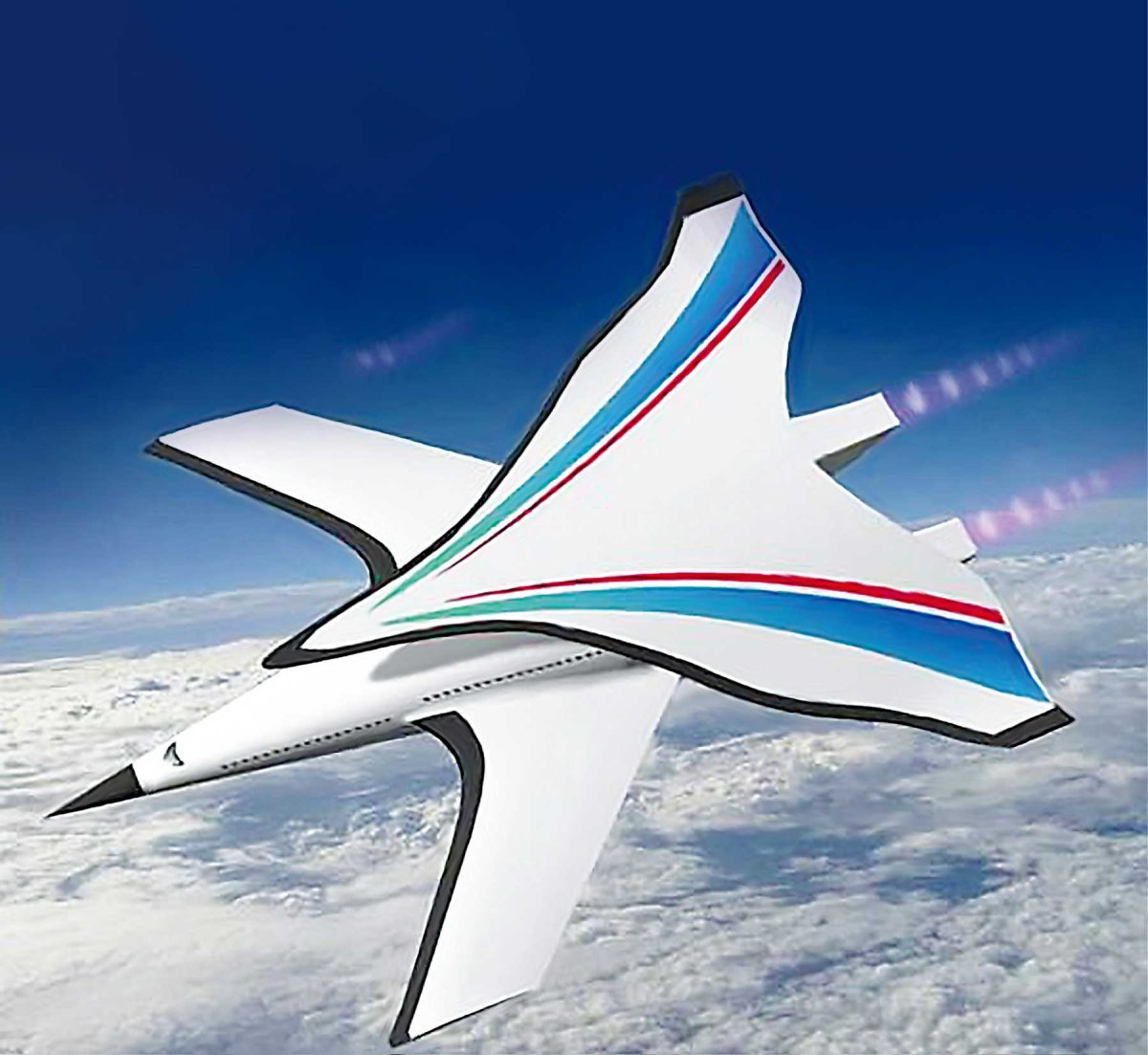
Global powers are pushing flight faster. With Japan looking to reintroduce supersonic speeds to aircraft, China has joined several U.S. companies in working on aircraft capable of achieving hypersonic speeds — and they’re relatively far along.
Researchers from the Chinese Academy of Sciences in Beijing successfully tested their “I Plane” (named because it resembles a capital ‘I’ when viewed from the front) in a wind tunnel at speeds ranging from Mach 5 to Mach 7, or than 3,800 to 5,370 miles per hour. In their research, published in the journal Science China Physics, Mechanics & Astronomy, the team explains the hypersonic plane would only need a “couple of hours” to travel from Beijing to New York. For comparison, a commercial airline flight can take at least 14 hours.

Testing has been successful so far, with the craft producing low drag and high lift. As reported by the South China Morning Post, the I Plane’s lift was roughly 25 percent of that of a Boeing 737; compared to the 737’s ability to carry up to 20 tonnes, or 200 passengers, an I Plane of the same size could carry 5 tonnes or 50 passengers.
A researcher familiar with the project (who went unnamed) told the SCMP the I Plane could be used to transport bombs as well, saying it could be “something like a hypersonic heavy bomber;” incidentally, China also recently developed hypersonic missiles capable of traveling at speeds above 7,000 mph.
Popular Science notes the I Plane’s development reflects China’s desire to be a leader in the hypersonic arms race. China’s next hypersonic project includes a wind tunnel that can produce speeds of up to Mach 36, making it more capable than the Mach 30 LENX-X in Buffalo, New York.

U.S. Admiral Harry Harris warned congress in February about China delving into hypersonic technology, but it’s not as though the U.S. isn’t working on hypersonic projects of its own.
Researchers from NASA discovered last year that boron nitride nanotubes could be a material that makes hypersonic air travel more feasible, and could allow NASA planes to cross the country in less than an hour. Furthermore, the U.S. Navy is testing hypersonic weapons that could hit anywhere on Earth within an hour, and Lockheed Martin hinted in January the SR-72 — the successor to the SR-71 Blackbird — is already in development, and that this hypersonic plane could be flying by 2030.
It’ll be some time before hypersonic flight comes to commercialized aircraft, but the idea of going hypersonic is already being capitalized on. At this point, it comes to to who can use it more effectively first.